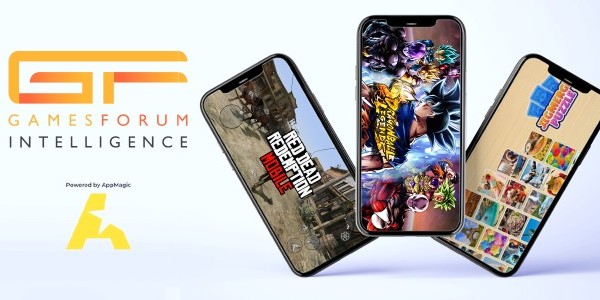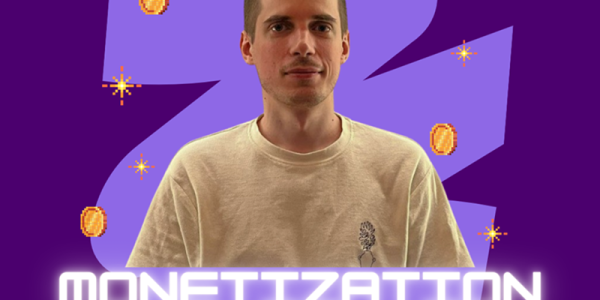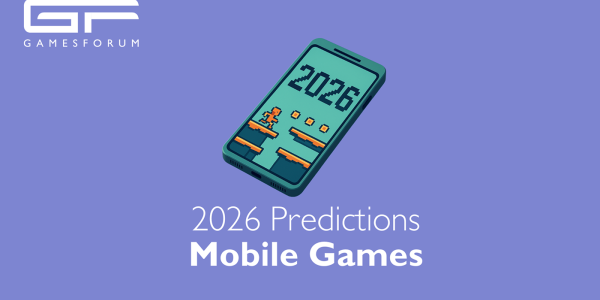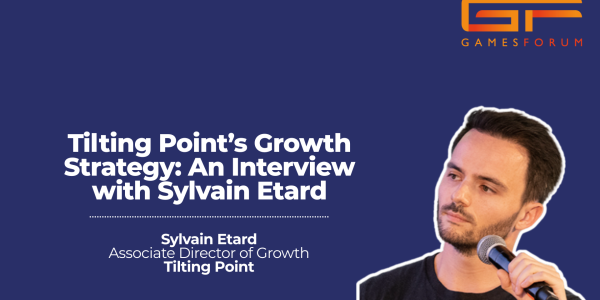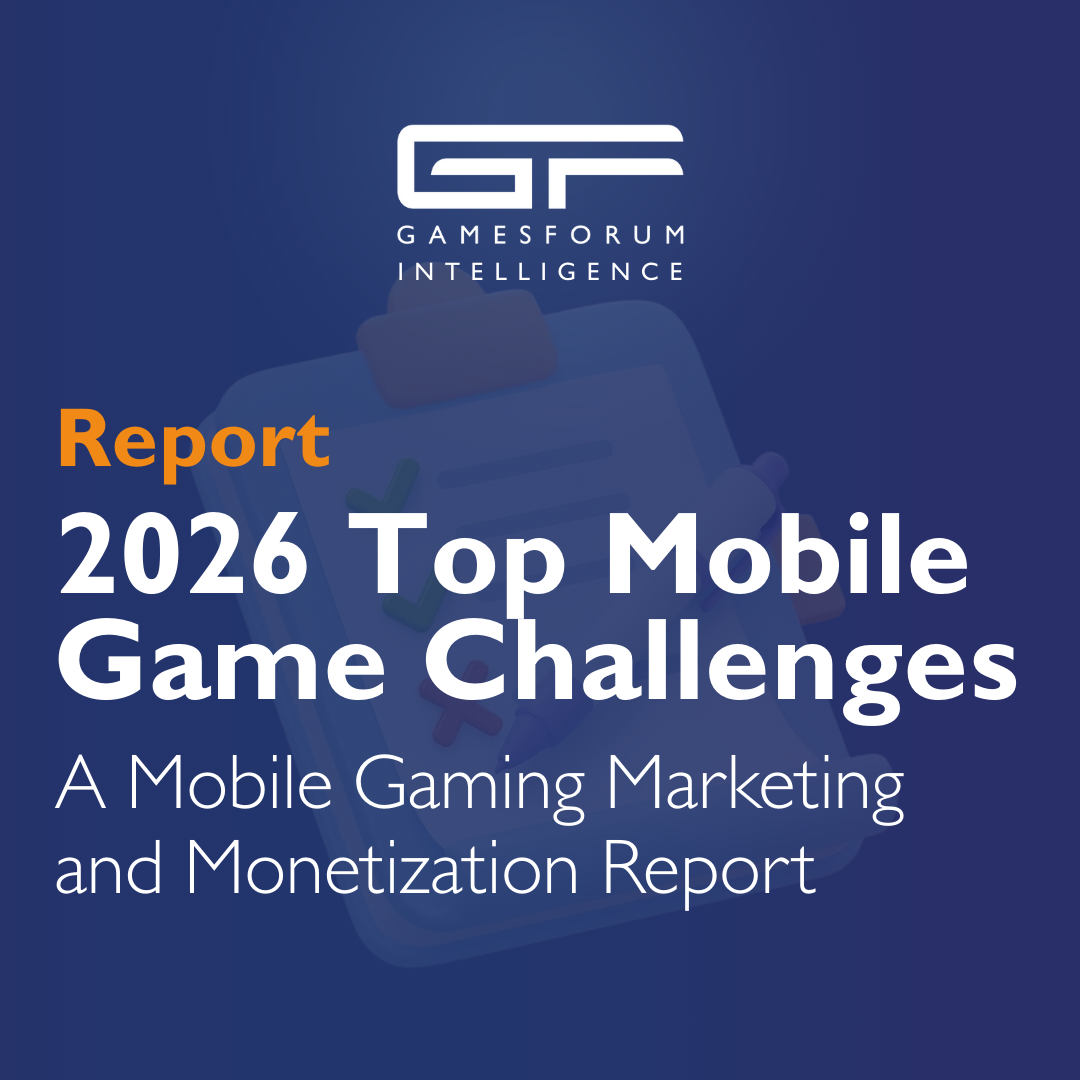F2P, no ads, no IAP and $100m… Genshin’s Huge Impact

By Andi Nuruljihad for Gamesforum
Today, Genshin Impact is being touted as the biggest global launch for a Chinese game ever. There’s no denying the numbers: in the two weeks since its launch, it broke 300k concurrent viewers on Twitch and generated more than $100 million dollars for its publisher, miHoYo Games. Most importantly, it’s managed to escape the negative connotations of “gacha” and “free-to-play” and capture a sizable audience of core gamers in the process.
Tackling the Naysayers

It’s easy to forget amidst the incredible success and rave reviews, but just over a year ago, Genshin Impact was the target of much derision and criticism. Gamers flooded its launch trailer with negative comments, labeling it a Breath of the Wild copycat and a free-to-play money-grab designed to milk susceptible JRPG fans out of all their hard-earned cash.
Some of those criticisms were right -- to a degree. It’s impossible to spend any amount of time with the game and not recognize mechanics borrowed from other titles. The open-world exploration and player navigation were clearly inspired by Breath of the Wild, and the cel-shaded aesthetic looks a lot like a modern Tales game. It’s also filled with tiresome anime tropes that might be hard to stomach for those unfamiliar with that world. But Genshin Impact is as much a Breath of the Wild or Tales clone as Horizon Zero Dawn is a Far Cry clone -- all the familiar elements are there, yet it stands on its own merits.

There’s a level of polish and breadth of scope that has no parallel among free to play JRPGs. The voice acting is excellent, animations and visual effects are spectacular, and the quality of its story is on par with a lot of big-name JRPG franchises. Far from a JRPG imitation, Genshin Impact is the real deal (even if it’s from China) -- and it’s free.
Where Genshin Impact sets itself apart is its combat system. It’s based on a deceptively simple concept -- cast abilities that counter the element of your enemy -- but there’s a surprising depth to this elemental rock-paper-scissors. You travel with a party of up to four characters, each with their own elements and abilities that conjure those elements in unique ways. Players only ever control one party member at a time, but you’re free to switch between them at any point. This opens up opportunities for interesting skill combinations -- i.e. freezing a blob of slime with Kaeya then switching to the fiery Amber to melt it into a puddle.
Each element interacts with every other element in interesting ways; this affects more than just character skills but extends to objects in the environment, as well. The moment I discovered this completely changed how I viewed the in-game world -- regular torches became potential fire whirls and pools of water could be transformed into electrical traps. The combat in Genshin Impact is a strategic blast, on par with some of the best action JRPGs in recent memory.
Redefining Free-to-play

For a lot of gamers, especially core gamers who don’t play on mobile, free-to-play is a dirty term synonymous with low-budget production and predatory monetisation models. Toss in the word “gacha” and you get… well, the kind of response Genshin Impact did in the west. But Genshin Impact doesn’t implement gacha in a way that’s typical of free-to-play titles -- in fact, its monetisation model is refreshingly pro-player.
Genshin Impact is a complete single-player RPG experience. There is no PvP mode or leaderboards. No guild system or raid bosses requiring long grinding or paid loot boxes to brute force progress. The only multiplayer is the Co-op mode where up to 4 players can experience the main campaign together, but even that feels under-developed, almost tacked on.
Another surprise: you can get through the whole campaign without spending a dime. The characters you unlock through the main quest are powerful enough to get you through to the end game (with a little bit of grinding). That’s a full-fledged JRPG campaign and hours of side quests and extra content for free.
There are also no ads; no interstitials orrewarded videos that offer stat boosts or in-game currency. Even the characters obtained through the game’s gacha system aren’t particularly powerful. Many are functionally indistinguishable, differentiated only by minor boosts that don’t really affect gameplay.
So, what’s the strategy here? Where did this reported $100 million in revenue come from? The end game.
miHoYo treats Genshin Impact’s player base much like an MMO developer would, keeping them locked into their end game loop with the promise of new content and costumes. It’s an interesting strategy that targets a very specific subset of their audience, one that has spent countless hours completing end game quests and farming resources to level up their equipment and characters. It’s also an audience that’s far more likely to spend a lot of money.

While critics were busy lambasting Genshin Impact for its skin-deep similarities to other games, there’s surprisingly little talk about how much its monetisation model borrows from Fortnite. Although currently unavailable in the global release, Genshin Impact will also have a Battle Pass system much like the one in Fortnite or Apex Legends. The Battle Pass rewards regular players with special items and bonuses for logging in and completing daily quests. All players will get one for free, but you can spend a bit of money to get the “premium” version which offers better rewards for the same tasks.
It almost feels like the main campaign is a selection process for players willing to invest their time and money to earn minor upgrades, costumes, and new characters. As a player, nothing about this monetisation model feels annoying or exploitative in the least. Some are even going so far as to say Genshin Impact is a landmark in the free-to-play genre, an important marker in history that will transform how free-to-play and gacha games are developed and monetized in the future. Personally, I think it’s a bit too early to make such grand claims -- the current gacha model of auto-battlers and time-consuming grinding is still wildly successful, and they can be pumped out with comparatively little effort and resources. Still, a large part of me hopes that those predictions are true. It wouldn’t hurt to have a few more Genshin Impacts.
Watch the Gamesforum Online Weekly Webinar every Wednesday @ 12pm CET/ 9am EST or 9am PST




